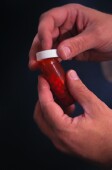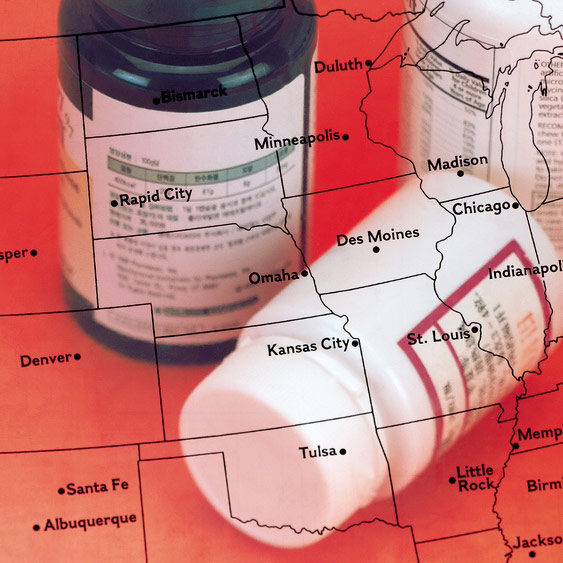
FRIDAY, Sept. 9 (HealthDay News) — More than one-half of all adverse drug reactions treated in hospitals and emergency care are preventable, according to a new study.
In addition, prior research has shown that many preventable drug reactions — which include drug overdoses and internal bleeding associated with the improper use of blood thinners and painkillers — are life-threatening, said the Swedish researchers. This widespread problem, which is even more common among the elderly, has important implications for health care systems, they said.
There are many reasons for the high numbers of preventable adverse drug reactions, according to Katja Hakkarainen, a pharmacist from the Nordic School of Public Health, Gothenburg. These may include “poor coordination of care, lack of time and knowledge among health professionals, and lack of patient education,” she said in an International Pharmaceutical Federation news release. “Unfortunately there is no consensus today on what to do” to prevent adverse drug reactions, she said.
“But our finding that they are so common means that it is imperative to create a climate in which they are not hidden, and that there is no ‘blame and shame’ involved,” Hakkarainen added. Human error is inevitable, she said, “thus, safety measures need to be incorporated into the health system.”
The findings were slated for presentation Thursday at the annual conference of the International Pharmaceutical Federation in Hyderabad, India.
In conducting the meta-analysis, in which evidence from a number of studies is combined with the aim of getting results with more statistical power, researchers examined the results of 22 previous studies. Among adult outpatients, the frequency of preventable adverse drug reactions that resulted in hospitalization or emergency treatment was 2 percent, they found. Of these, 51 percent were preventable.
Researchers also found that among the elderly, a full 71 percent of drug reactions could have been avoided.
Among hospitalized patients, the frequency of harmful drug reactions was 1.6 percent, and 45 percent of them were preventable.
The researchers added that as more drugs become available for people of all ages, the number of adverse drug reactions is likely to increase. They said it’s important to know which could have been prevented since they are typically much more severe than those that were unavoidable.
In a different study, they noted, researchers found that nearly a third of preventable adverse drug reactions were life-threatening, compared to those that were unavoidable as part of treatment.
The Swedish researchers also cautioned that patients should not stop taking their medications for fear of an adverse reaction.
“Although it is clearly important to carry out such studies, we would like to emphasize that for most of the time, medications do much more good than harm,” said Hakkarainen. “We would not like to think of people discontinuing therapy as a result of our conclusions.”
Experts say that information presented at medical meetings should be considered preliminary because it has not been subjected to the rigorous scrutiny required for publication in a peer-reviewed medical journal.
More information
The U.S. National Institutes of Health provides more information on drug reactions.

